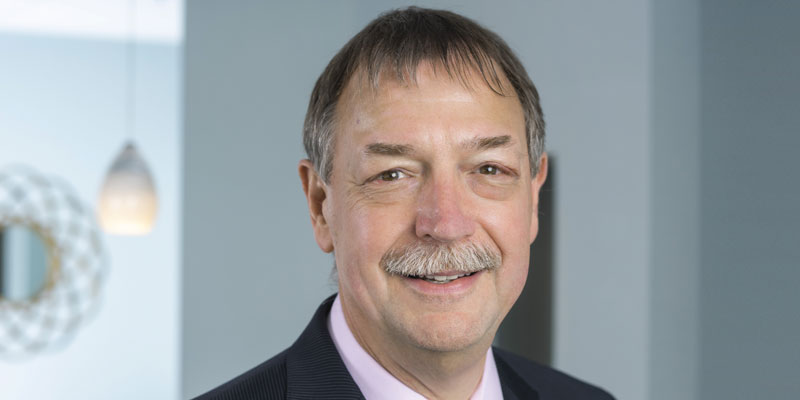Dr. Steve Carstensen went to Europe — and continued to be distracted from his anniversary vacation by seeing sleep topics everywhere.

Diplomate, American Board of
Dental Sleep Medicine
You know how, once you’ve become interested in a thing, how suddenly you see that thing everywhere? Have you thought of a new car, or a pair of shoes, and now you spot them every day?
This year, my wife and I celebrated our 40th anniversary with a long-planned trip to Europe. One would think that walking around in centuries-old environs would draw me away from thinking about breathing and sleep. Instead, my eye spotted examples in museums and culture of all four countries to the value humans have placed on good sleep.
Billboards advertised sleep aids. Translations of tablets from ruins mention the value of sleep. Paintings and other artwork depict snoring as an irritant to another figure in the image. Medical terms are common enough that I was able to spot clinics that included sleep services. Meeting with professional friends in Denmark and Italy produced conversations about the state of sleep services in those countries and the US.
Happily for Midge and me, there were also plenty of other attractive distractions, so I was able to satisfy the spousal obligation of not thinking of work all the time. Life balance was a common theme in the museums and environs we were privileged to visit.
Then back to work – anyone who’s taken a vacation understands the need to emerge from the pile of work that awaits at the return to the ‘real world.’ A refreshed mind makes the work easier, and in some cases, possible!
Much like our sleep makes our daily lives possible. Today, we can assess our sleep in so many ways unavailable to our profession just a few years ago, much less at the dawn of sleep medicine a few decades ago. It is energizing to see the many innovations that have arrived, or are shortly to be available, to allow us insight into sleep quality.
What happens next depends on our level of trust of the technology. We feel confident in polysomnography as a ‘gold standard’ test until we see studies that show night to night variability that erode the scientific support of one night’s evaluation. Can we trust the new rings, watches, and devices to gather biosignals that are ‘non-traditional,’ even though the tradition only started 40 years ago and has been constantly changing since then? Is ‘gold standard’ an appropriate label when innovation gives us a different way to look at the body responses?
Change within any profession is a slow process – but ours is a new part of medicine and may prove more nimble than most. Proper science is being done for these technological innovations for several admirable reasons: to answer the skeptics, for gaining a market edge, to satisfy the ethics of the engineers and doctors, and to meet FDA rules.
Together, these factors can indeed build trust in new ways to see the same problems artists from a thousand years ago depicted in their view of the human condition. We all want to be healthy, and to help others be healthy. Resting the mind on vacation and embracing new ways to see your work are two ways to move forward in healthcare.
Speaking about seeing sleep topics everywhere on vacation, for more insight into how sleep and travel sometimes don’t mix, check out “the Case of the Sleepy Tourist,” by Dr Alan Steijes at https://dentalsleeppractice.com/the-case-of-the-sleepy-tourist/.




